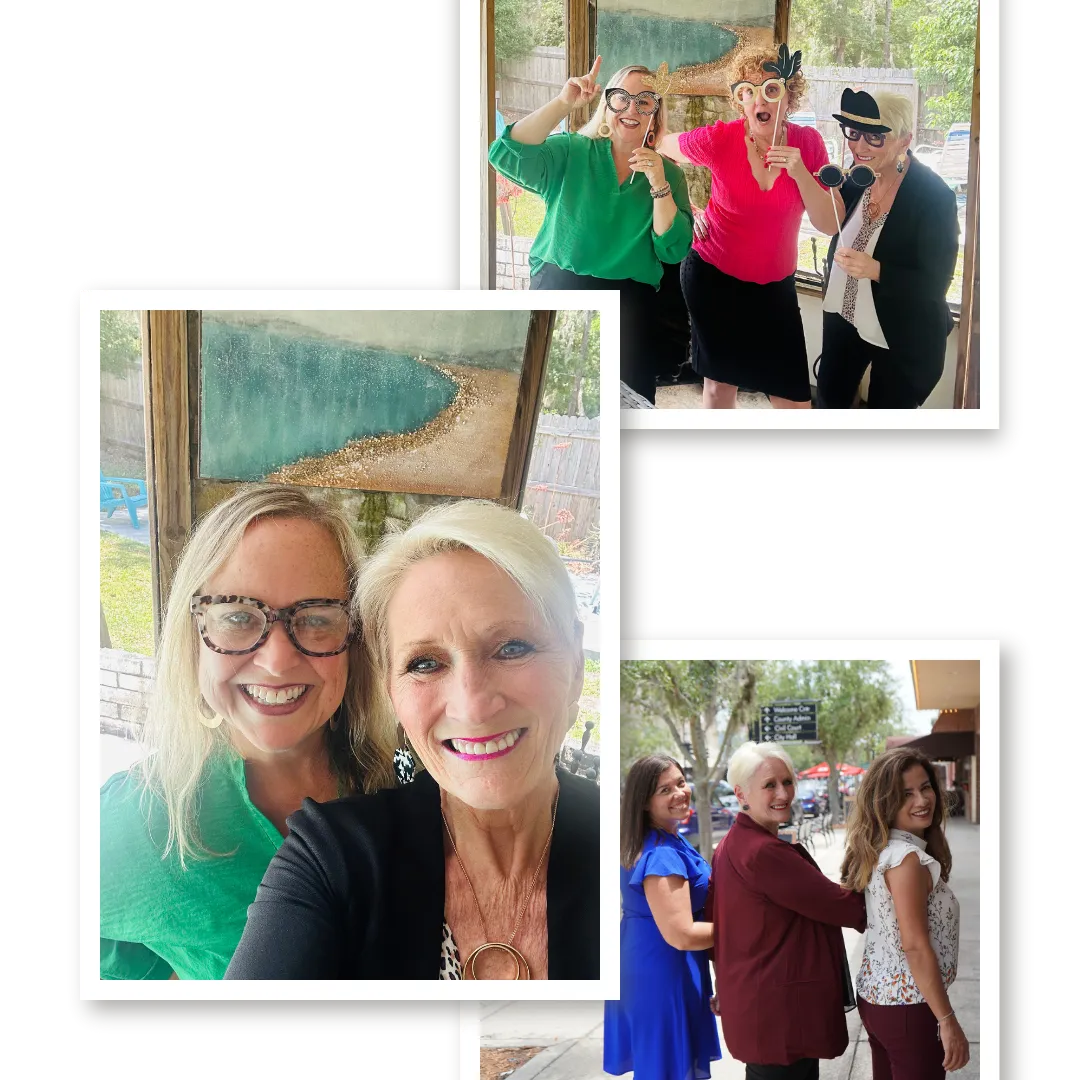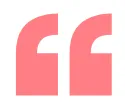Empowering Those Who Teach, Lead and Inspire
When You Thrive, Everyone Rises!


About Us
Move the Needle
on Teacher Retention
and Student Outcomes
We help educators cultivate thriving environments where motivation, connection and achievement are everyday realities for students and teachers.
Why Choose Us
Professional Learning and Coaching
that Educators Want and Need

Powerful Virtual Learning
and Ongoing Support
Bring your team to life with our high-energy keynotes, group coaching, professional learning retreats and virtual quests that spark lasting transformation. From "High Five to Thrive" to "The BOOST Playbook", our spotlight topics blend experience, research, humor and heart to uplift and empower. Perfect for schools, districts and organizations that support youth. Book now to deliver momentum that last long after the screen goes dark!

Keynote and Workshops
Our keynotes and workshops are more than professional learning—they’re a retreat that renews, equips, and inspires. Participants leave with fresh energy, practical strategies, and lasting tools they can use right away. We blend expertise in teaching, leadership, and multilingual learner support with proven approaches to wellness and retention. The result? Real-world solutions that help educators thrive—and when educators thrive, students succeed.

Cutting-edge Resources
Tailored for Today's Teachers
Our books and tools are crafted by educators, for educators—with practical strategies, time-saving templates, and easy-to-implement ideas that reflect the real challenges teachers face. Whether you’re looking to boost student engagement, support multilingual learners, strengthen teacher wellness, or build a thriving school culture, our resources deliver meaningful impact. Every guide, handout, and framework is thoughtfully designed to meet the needs of educators and students.
"Best Questers helped me to see that the teacher
I once was and the teacher I still want to be is not lost."
-Jamie White Lexington, KY
Popular Products
Choose Our Top Products
Explore our collection of insightful books, with detailed descriptions and easy purchase options.
Learn more
Access a variety of digital resources, designed to support education, training, and professional growth.
Learn more
Showcase your passion for learning and development with our exclusive branded merchandise, perfect for educators, students, and professionals
Learning & Development
Best Questers Blog

The Power of Connection – Blog Post #4
The Mental Model Shift That Changes Everything
"We don’t see things as they are; we see them as we are." —Anaïs Nin
We all enter the classroom with a lens. Some call it perspective. Others call it mindset. In his famous Life Mastery Class, Dr. Srikumar Rao uses a term that digs a little deeper: mental models.
Mental models are the beliefs we carry—often subconsciously—that shape the way we see our students, our colleagues, and even ourselves. They color how we interpret behavior, how we give feedback, and how we decide who deserves our time, trust, or patience.
Let’s unpack how these invisible frameworks can either build bridges or create barriers. And when connection is the mortar of a thriving classroom culture, our mental models matter more than we realize.
The Mortar That Holds It All Together
Think of a classroom like a carefully constructed structure. The content, the strategies, the academic expectations—these are the bricks. They’re essential. But bricks alone don’t create something lasting.
The strength of any structure comes from the mortar that binds the bricks together. In our classrooms, that mortar is connection and belonging. These are what give the structure resilience. When students feel emotionally safe and connected, everything else we build—lessons, systems, routines—has a better chance of holding strong. Without that mortar, the structure weakens, no matter how solid the individual bricks may be.
The UPR Shift
One of the most transformative shifts a teacher can make is embracing a mental model of Unconditional Positive Regard (UPR).
UPR is the belief that every student—yes, every one—has value. It’s choosing to see the 10 on every child’s forehead, even on the hardest days. It’s not about ignoring behavior; it’s about believing there’s a person behind the behavior who is worthy of care, curiosity, and support.
When we adopt this mental model, our classrooms shift. Students sense the safety. They begin to trust. And trust is the birthplace of growth.
Make No Mistake
Let’s be clear: this isn’t about being naive or ignoring boundaries. UPR doesn’t mean allowing disrespect or chaos. It means responding with consistency, fairness, and belief in each student’s potential—even when they test it.
UPR is what allows us to say, "Your behavior is not okay, but you are still valuable, and I’m not giving up on you."
The Law of Buy-In
John Maxwell teaches that people buy into the leader before they buy into the vision. That’s true in schools, too. Students buy into the teacher before they buy into the lesson.
And students are more likely to buy in when they believe that we see the best in them. That’s what UPR looks like. That’s what powerful mental models do: they create space for students to become the best version of themselves because they’re not constantly trying to prove they belong.
A Quick Pulse Check
Here are three reflective questions you might ask yourself as you assess the mental models shaping your classroom culture:
Do I assume the best about my students until they prove otherwise—or the other way around?
What language do I use (even internally) to describe students who challenge me?
Do I see behavior as a message or as a personal attack?
Small shifts in our mental models create big shifts in our relationships. And big shifts in relationships is where transformation lives and how we make a difference that matters.
Using Diffusers to Maintain Connection in the Moment
When students push back—“This is boring!” or “Why do we have to do this?”—it can be tempting to react with authority or defensiveness. But a Classroom Leader knows how to protect the learning environment and the relationship.
That’s where diffusers come in.
A key strategy from the Time to Teach Classroom Leadership model, diffusers are short, neutral responses that acknowledge the student without escalating the situation. Delivered calmly and matter-of-factly, they help us maintain composure, continue teaching, and preserve psychological safety.
A few powerful examples:
“I hear you, but let’s press on.”
“That may be true.”
“I understand.”
“Nevertheless…”
Diffusers allow students to feel heard without giving up instructional control. And because they’re non-confrontational, they help prevent power struggles before they begin. Later, we can address the behavior privately with intention and care.
For teachers facing escalating student behaviors, especially newer educators, diffusers are a game-changer. They’re small moves with a big impact—one more small biggie in our leadership toolkit.
Leadership Grows Here
The more we refine our mindset and equip ourselves with impactful strategies, the stronger our influence becomes. That’s classroom leadership in action. And that’s why investing in our own growth is never self-indulgent—it’s essential.
We’ll dive deeper into the practice of connection and influence in the final post of this series. For now, I invite you to do something simple but powerful:
Commit to one small shift that just may become your next small biggie (a small thing that makes a BIG difference).
Remember, how we see our students and how we show up in our classroom shapes how we lead.
Success Stories That Inspire
Our personalized approach has made a real difference in the lives of educators and students.
Here’s what they have to say about their journey with us.

“Thank you so much for your dedication and commitment to the VIQI Project! Your partnership has been instrumental and we couldn’t have done this without you. Thank you for navigating your challenges so gracefully and for your unwavering support to the teachers and children of St. Lucie.”
-Isabel Acosta, Variations in Implementation of Quality Interventions (VIQI): Examining the Quality Child Outcomes Relationship in Child Care and Early Education

“Thank you so much for the time and attention you dedicated to provide sessions specifically tailored to build on our professional learning plan and for including every detail we discussed. Your attention to our district needs went above and beyond expectations. I’m very grateful for the feedback you were able to provide based on session discussions. It will serve to guide our next steps and follow up with administration.”
-Tracie Carollo, Secondary ELA Specialist/World Languages, Escambia County Public Schools
Best Collaborative Get-Togethers
Best Collaborative
Get-Togethers
Complimentary Resources and Connections
Live and Recorded Webinars
Downloadable Resources
Frequent Meetups
Social Media Community Building
Collaborative Live and Virtual Events with Golden Keys Foundation

Empowering Those Who Teach, Lead and Inspire
When You Thrive, Everyone Rises!
Links
Home
About Us
Blog
Store
Contact Us
Legal
Terms of Use
Terms & Conditions
Payment Method
Privacy Policy
Join Our Community
Join our community to stay updated on the latest courses, exclusive content, and learning resources. Subscribe now and take the next step in your educational journey!



